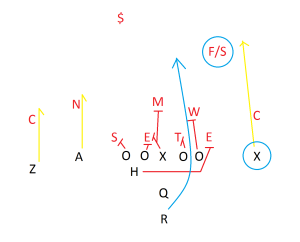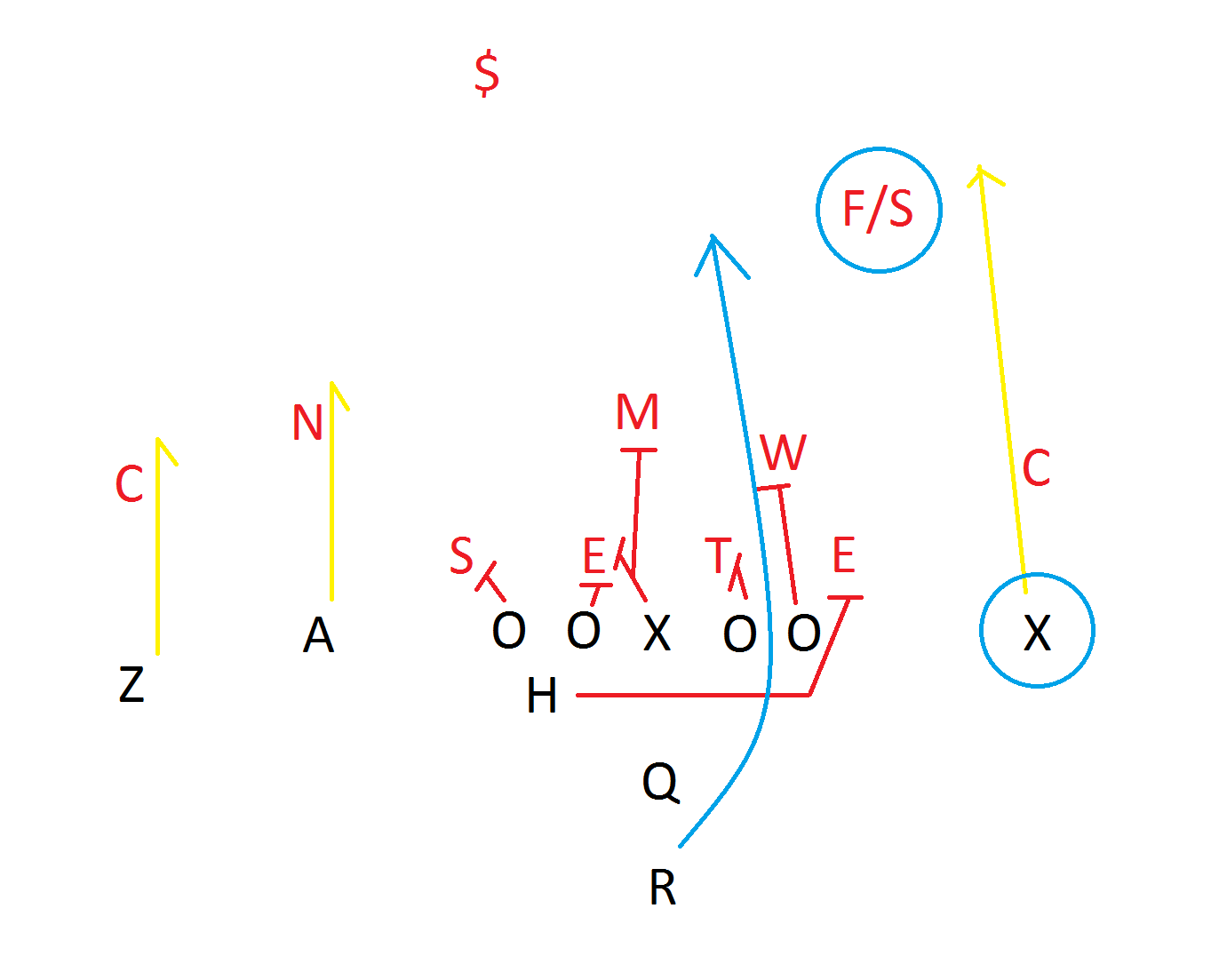After taking haymakers from Notre Dame and Southern California, Stanford football finally crashed back to earth in Tempe, Arizona against Arizona State. The Cardinal’s 26-10 loss was their worst defeat since 2011 – with two Pac-12 championships coming in between. A big loss is not the worst thing in the world – Arizona has pounded Oregon the last two years, and the Ducks are still a top-10 team. But while Stanford still mathematically controls its destiny in the Pac-12 North Division, the way Stanford plays doesn’t indicate that the Cardinal are going to be able to take down Oregon this year.
Arizona State badly outplayed Stanford on Saturday night. Relentless blitzing forced Stanford into constant mistakes, and the Cardinal pass protection unit didn’t do enough to compensate: Stanford’s offense only got in the red zone once all night. The Sun Devils run game didn’t work particularly well (just 2.5 yards per rush), but they completed five scoring drives. Offensive coordinator Mike Norvell’s hurry-up offense kept the Cardinal defense on the field – at one point in the first half, when Stanford’s offensive performance was especially bad, the Sun Devils were on pace to run a staggering 100 plays – and the Cardinal defense eventually succumbed to exhaustion.

The 32-year-old Norvell, one of college football’s biggest up-and-coming coordinators, also exploited the unique strengths of his playmakers – especially star wide receiver Jaelen Strong – in order to generate opportunities both in the pass and the run games that would otherwise not have opened up. The infamous Strong repeatedly incinerated Stanford’s defensive backs all game, and I’ll break down an example of how Strong’s abilities created opportunities for ASU’s running backs.
Stanford hadn’t looked good in the first half, but they marched down the field and scored a field goal to open the third quarter. ASU responded with style, marching down the field and kicking a field goal of its own. The Sun Devils made a statement by opening the drive with a 17-yard rush against Stanford’s elite run defense.
The ASU play itself was simple. The Sun Devils ran zone left, which means that all the players blocked in unison to their left – double-teaming as necessary – while trying to reach the second level of the defense as quickly as possible. Meanwhile, tight end Kody Kohl (H) ran a slice across the formation and kicked out the end man on the line of scrimmage (E) in order to open up a cutback lane.
ASU’s execution was solid, of course – the Sun Devils got great push against a Cardinal defensive front missing fifth-year senior nose tackle David Parry and junior end Aziz Shittu. But it all came down to numbers. The Sun Devils pushed Stanford around primarily because the Cardinal placed six defenders in the tackle box against eight ASU offensive players. Even though quarterback Mike Bercovici (Q) did nothing on the play, there was nobody in the front six to tackle running back D.J. Foster (R), who dashed through the cutback lane and promptly busted out a big gain.
What explains the horrendous numbers? They simply reflected the degree to which Jaelen Strong (X) had been burning the Stanford defense all game.
Strong was so good that Stanford defensive coordinator Lance Anderson had to put a safety – here, senior free safety Kyle Olugbode (F/S) – on Strong duty. Most teams would put a safety in the tackle box to equalize the numbers, turning a front six into a front seven. Stanford is more willing to play with two high safeties, but even so, Stanford safeties rarely play as high up the field as they did on this play. That was a profound sign of respect for ASU’s passing game, and Strong in particular. But when Foster hit the second level of the defense – and Stanford’s linebackers (understandably) getting mauled by ASU’s offensive linemen wasn’t helping – there was nobody in position to stop him.
Shutdown cornerbacks like Richard Sherman aren’t important just because they can stop a team’s best receiver from doing much at all. They’re important because they can be trusted to win their battles without help from a safety. This is what “owning half the field” means. It’s not zone coverage. It’s defending a receiver without help so that the safeties can overwhelm the run game. Meanwhile, superstar receivers like Calvin Johnson are important because they stop the defense from doing exactly that. Football is a numbers game, and just as a nose tackle is valuable because he demands the respect of two offensive linemen, an elite wideout – in this case, Strong – is important because he commands two defenders, even if only for a split second.
Stanford’s defense would eventually adjust and rally against the run. I would not go so far as to say that ASU’s run game was good (just 2.5 yards per rush), but as this play showed, it certainly had its moments. More than that, this successful running play helps illustrate how Arizona State and Mike Norvell leveraged their strengths and opportunities to beat the Cardinal. ASU scored 26 points on a team that came into this matchup allowing just 10 points per game. I can only tip my cap.
Contact Winston Shi at wshi94 ‘at’ stanford.edu.
